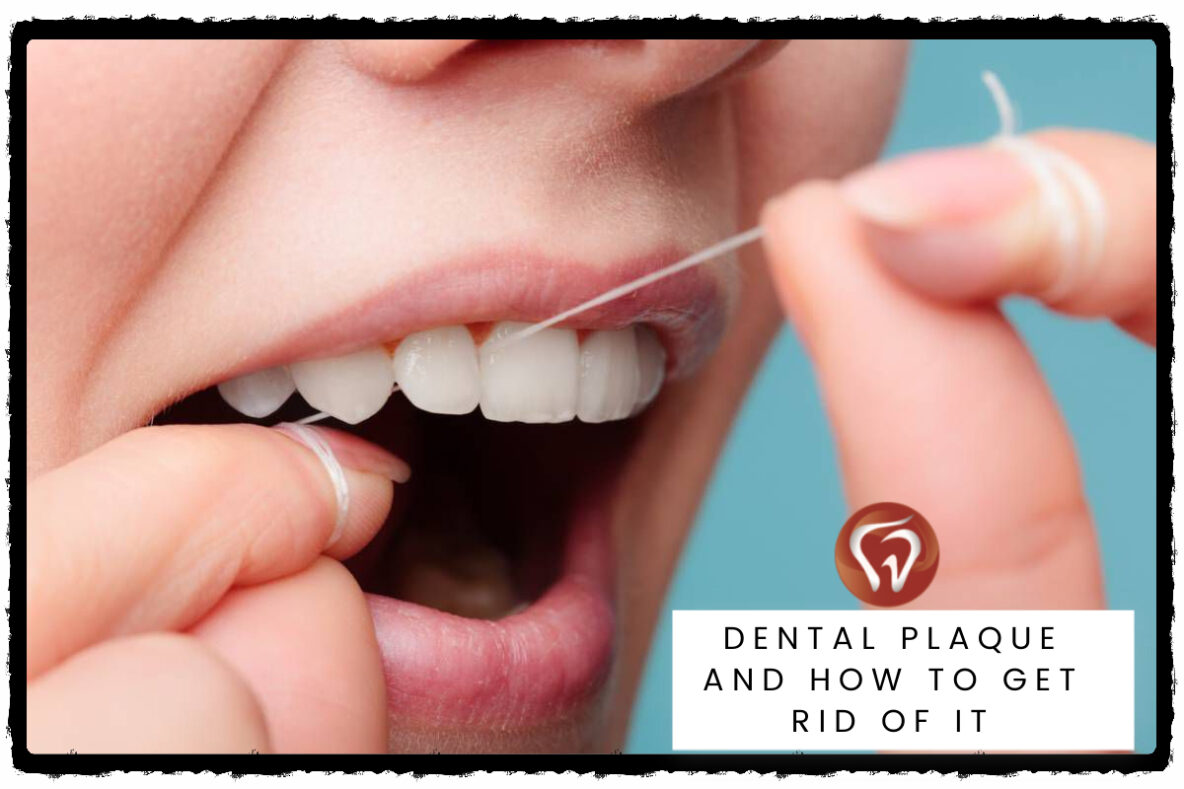Bacterial plaque is a soft and sticky film that forms on the teeth and is also known as tooth plaque, microbial plaque, and dental biofilm. Plaque is a sticky, colorless to yellowish biofilm that grows on the teeth on a daily basis. Bacterial deposits are formed when saliva, food, and fluids combine, resulting in bacterial deposits where the teeth and gums intersect. Plaque is made up of bacteria that generate acids that break down your tooth enamel and damage your gums. The harm could become permanent if not treated.
Plaque is home to millions of bacteria that feed on the food and beverages you consume on a daily basis. Tooth erosion, gum disease, and tartar accumulation can all be caused by bacteria deposits on teeth that aren’t removed by daily brushing and flossing.
What triggers the growth of plaque?
Your mouth is a living ecosystem in and of itself. When you consume foods, drinks, and breathe, bacteria and other microbes enter the body. A fragile equilibrium is maintained in your oral environment, but complications can occur when some bacteria species become overabundant. Bacteria feed on the sugars in carbs and sugary foods and beverages that you consume, forming acids in the process.
Cavities (a form of tooth decay) are also caused by these acids. Plaque can cause tooth decay under your gums, where you can’t see it, eroding the support for your teeth.
What are some of the signs and symptoms of plaque?
Plaque is more easily detected by a sensation on the top of one’s teeth.
● Chronic bad breath (halitosis)
● Gums that are red, swollen, tender and bleed after brushing (gum disease)
What is the only way to get rid of plaque?
Plaque is removed by brushing and flossing your teeth with a soft-bristled toothbrush on a daily basis. Electric toothbrushes are recommended by dentists to some. Plaque that has hardened into tartar will have to be removed by a dental professional. When you have a routine dental checkup, the oral hygienist will remove it. Since tartar will accumulate in complex places that are hard to reach, it’s important to see a dentist twice a year to keep things under control.
Measures to be taken to avoid plaque:
Plaque reduction requires proper teeth and gum maintenance. Strive to have proper oral hygiene at all times :
❖ Remember to brush twice a day – manually with a soft-bristled toothbrush/electric brush and fluoride toothpaste for two minutes, ideally after every meal.
❖ Opt for sugarless gum – if you don’t have time to rinse right after eating or drinking, choose a sugarless gum that will help prevent bacterial growth that leads to the formation of plaque.
❖ Eat nutritious meals – avoid sugary, starchy foods and beverages. Instead, go for healthy snacks and meals like plain milk, cheese, organic vegetables, fruits, etc.
❖ Visit the dentist – Schedule an appointment and get your teeth checked at least twice a year. Oral health is important. Prevention is way better than cure.
❖ Floss – To remove food and plaque trapped between teeth, floss daily with dental floss or a water flosser.
❖ Use an antiseptic mouthwash – Rinse with an over-the-counter or prescribed antiseptic mouthwash after your regular oral care routine.
Ward off consequential dental issues by following a proper oral hygiene routine on a daily basis. Make sure to prioritize your oral health, since it plays a major role in your overall health. Visit us at Signature Smilez Family Dental and experience quality treatment that will benefit your dental future.

